BOSTON, US: Around 120 participants from 27 countries gathered in Boston from 16 to 18 June for a landmark moment in implant dentistry, the first Global Consensus for Clinical Guidelines (GCCG) meeting. The aim of the GCCG is to move beyond regional guidance and to develop clear, practical, globally relevant clinical guidelines. It began with one of implant dentistry’s greatest challenges: the edentulous maxilla. Unlike traditional consensus conferences, the meeting combined systematic reviews and Delphi survey results, gathering input from patients and clinicians to create scientifically robust guidelines for real-world clinical practice.
Commenting on the milestone, Profs. Hom-Lay Wang and Frank Schwarz, both scientific co-leaders and co-initiators of the GCCG, emphasised the importance of connecting science with clinical reality. Prof. Schwarz explained: “We started by asking clinicians about their real-life experience, which may not always align with scientific evidence but reflect established clinical practice—and from there, we evaluated these procedures based on the current evidence and developed recommendations that can be applied in any setting.”
Prof. Wang added: “It is a dream come true. Over the past three days, we truly made history. This has been a long-standing dream of mine, and thanks to our team’s remarkable support and unwavering dedication, we turned it into reality. The insights and recommendations produced here will undoubtedly have a lasting impact on the field of implant dentistry.”
Approaching the edentulous maxilla
The recommendations were developed by four working groups, informed by Delphi survey results and aligned with scientific evidence. The four working groups tackled the following key areas in the treatment of the edentulous maxilla:
- how many implants to use;
- when to place and load them;
- when to choose short, standard or zygomatic implants;
- how to approach sinus grafting and ridge augmentation; and
- when to opt for fixed or removable prostheses.
The groups were chaired by Profs. Gil Alcoforado and Nikos Donos, Dr German Gallucci and Prof. Jörg Neugebauer, Profs. Christer Dahlin and Joseph Fiorellini, and Dr Charlotte Stilwell and Prof. Ronald Jung, respectively. Delphi survey experts Drs Giulia Brunello and Franz Strauss supported the meeting by introducing participants to the modified Delphi procedure used in developing the core outcome set. Together with Drs Guo-Hao (Alex) Lin and Todd Schoenbaum, they gathered and analysed input from clinicians, patients and cross-disciplinary experts to inform the structured consensus process and supported the working groups on-site.
A fresh approach to clinical guideline development
A structured nominal group technique was applied to draft the guidelines, which were then presented to all participants, discussed in plenary and revised accordingly. On the final day, all recommendations were formally voted on by the plenary. Consensus was defined as agreement by at least 75% of the voting participants.
Dr Ina B. Kopp, director of the Association of Scientific Medical Societies in Germany Institute for Medical Knowledge Management, served as methodological adviser, moderator and facilitator. “It was a great honour and pleasure to be invited and to have the opportunity to work with this group of experts from around the globe. I am deeply impressed by their remarkable commitment to sharing expertise globally, helping to avoid duplication of efforts and potential contradictions in recommendations for better patient care,” Dr Kopp said.
“[What] I personally want to see is that we collectively use these guidelines for the sake of the patient.”—Prof. Frank Schwarz, Johann Wolfgang Goethe-University
After the final votes were cast, applause and standing ovations marked a truly memorable moment. One participant captured the feeling, stating: “It was an experience that I keep reliving in my mind. I left inspired with a new global family, a new panoramic perspective, and a voice I never thought I’d find.”
The GCCG is intended to be applied in everyday clinical practice. Prof. Schwarz stated: “We want to give something back to the community, and what I personally want to see is that we collectively use these guidelines for the sake of the patient.”
The event was jointly organised by the European Association for Osseointegration, the International Team for Implantology and the Osteology Foundation. Partner organisations from around the globe helped to ensure that the perspectives of their respective constituencies were considered. These included the Chinese Stomatological Association, Japanese Society of Oral Implantology, Korean Academy of Oral and Maxillofacial Implantology, Oral Reconstruction Foundation, Osseointegration Society of India and Brazilian Society of Periodontology, all of whom will help disseminate the GCCG outcomes through national and regional networks.
The final guidelines for the treatment of the edentulous maxilla are expected later this year. Further information can be found here.
The first Global Consensus for Clinical Guidelines took place in Boston in the US in June. (Images: Global Consensus for Clinical Guidelines)
The meeting began by confronting one of modern implant dentistry’s greatest challenges: the edentulous maxilla.
The event gathered leading experts from around the world.
Drs Giulia Brunello and Franz Strauss.
Consensus was defined as agreement by at least 75% of the voting participants.
The event was jointly organised by national and international dental foundations and societies.
The event was jointly organised by national and international dental foundations and societies.
The event was jointly organised by national and international dental foundations and societies.
The event was jointly organised by national and international dental foundations and societies.
Topics:
Tags:
EuroPerio11 was a milestone event for the European Federation of Periodontology (EFP) and for the scientific organisation’s new president. Since being ...
XI’AN, China: To date, there have been no expert consensus, guidelines or recommendations on apical microsurgery. To address this and standardise the ...
RIGA, Latvia: As artificial intelligence (AI) is slowly taking root in dentistry and has the potential to improve clinical care, researchers are performing ...
MILAN, Italy: The annual meeting of the European Association for Osseointegration (EAO) was held in Milan last week, and one of the highlights of the event ...
MANCHESTER, England: Perhaps the most useful and pervasive application of artificial intelligence (AI) in the average person’s life is the large language ...
VIENNA, Austria: On 16 May at EuroPerio11, the Spanish Society of Periodontology and Osseointegration presented a new report on how antiseptic mouthwashes ...
Live webinar
Fri. 12 December 2025
1:00 pm EST (New York)
Live webinar
Fri. 12 December 2025
2:00 pm EST (New York)
Deepak Simkhada RDHT, BSc, MSc, PGCE, FSET, Cat Edney
Live webinar
Mon. 15 December 2025
5:30 am EST (New York)
Live webinar
Mon. 15 December 2025
2:00 pm EST (New York)
Dr. Andrew Ip, Przemek Seweryniak
Live webinar
Mon. 15 December 2025
5:00 pm EST (New York)
Live webinar
Wed. 17 December 2025
6:00 am EST (New York)
Dr. Piet Haers Oral and Maxillofacial Surgeon



 Austria / Österreich
Austria / Österreich
 Bosnia and Herzegovina / Босна и Херцеговина
Bosnia and Herzegovina / Босна и Херцеговина
 Bulgaria / България
Bulgaria / България
 Croatia / Hrvatska
Croatia / Hrvatska
 Czech Republic & Slovakia / Česká republika & Slovensko
Czech Republic & Slovakia / Česká republika & Slovensko
 France / France
France / France
 Germany / Deutschland
Germany / Deutschland
 Greece / ΕΛΛΑΔΑ
Greece / ΕΛΛΑΔΑ
 Hungary / Hungary
Hungary / Hungary
 Italy / Italia
Italy / Italia
 Netherlands / Nederland
Netherlands / Nederland
 Nordic / Nordic
Nordic / Nordic
 Poland / Polska
Poland / Polska
 Portugal / Portugal
Portugal / Portugal
 Romania & Moldova / România & Moldova
Romania & Moldova / România & Moldova
 Slovenia / Slovenija
Slovenia / Slovenija
 Serbia & Montenegro / Србија и Црна Гора
Serbia & Montenegro / Србија и Црна Гора
 Spain / España
Spain / España
 Switzerland / Schweiz
Switzerland / Schweiz
 Turkey / Türkiye
Turkey / Türkiye
 UK & Ireland / UK & Ireland
UK & Ireland / UK & Ireland
 Brazil / Brasil
Brazil / Brasil
 Canada / Canada
Canada / Canada
 Latin America / Latinoamérica
Latin America / Latinoamérica
 USA / USA
USA / USA
 China / 中国
China / 中国
 India / भारत गणराज्य
India / भारत गणराज्य
 Pakistan / Pākistān
Pakistan / Pākistān
 Vietnam / Việt Nam
Vietnam / Việt Nam
 ASEAN / ASEAN
ASEAN / ASEAN
 Israel / מְדִינַת יִשְׂרָאֵל
Israel / מְדִינַת יִשְׂרָאֵל
 Algeria, Morocco & Tunisia / الجزائر والمغرب وتونس
Algeria, Morocco & Tunisia / الجزائر والمغرب وتونس
 Middle East / Middle East
Middle East / Middle East
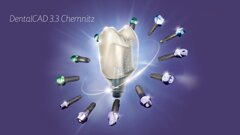

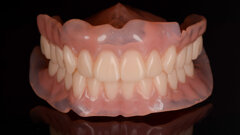








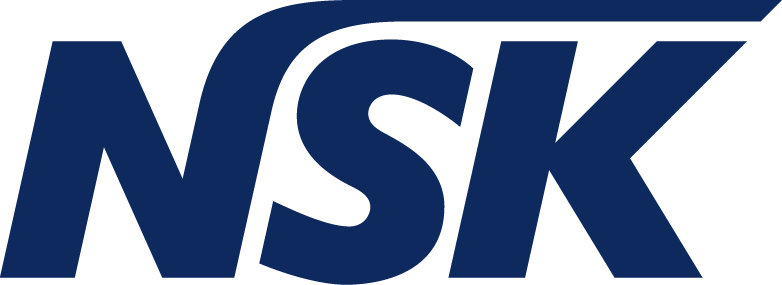
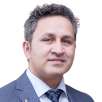



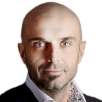






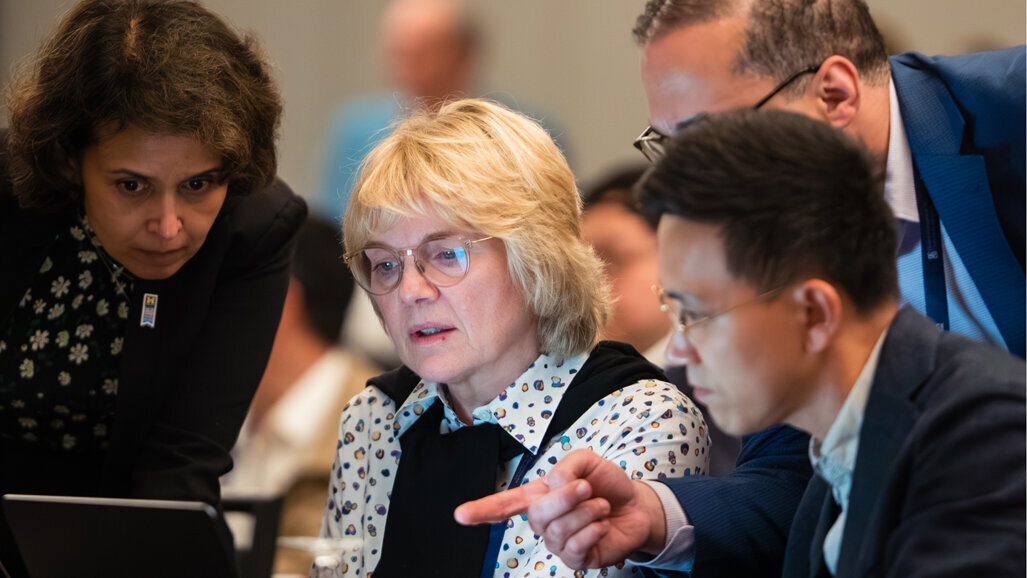


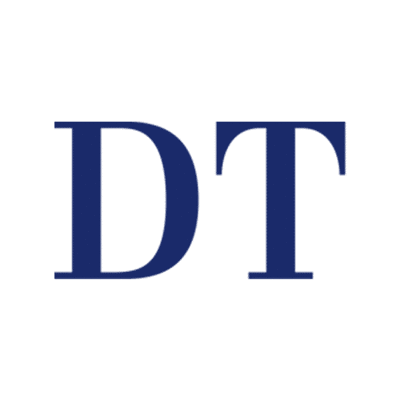
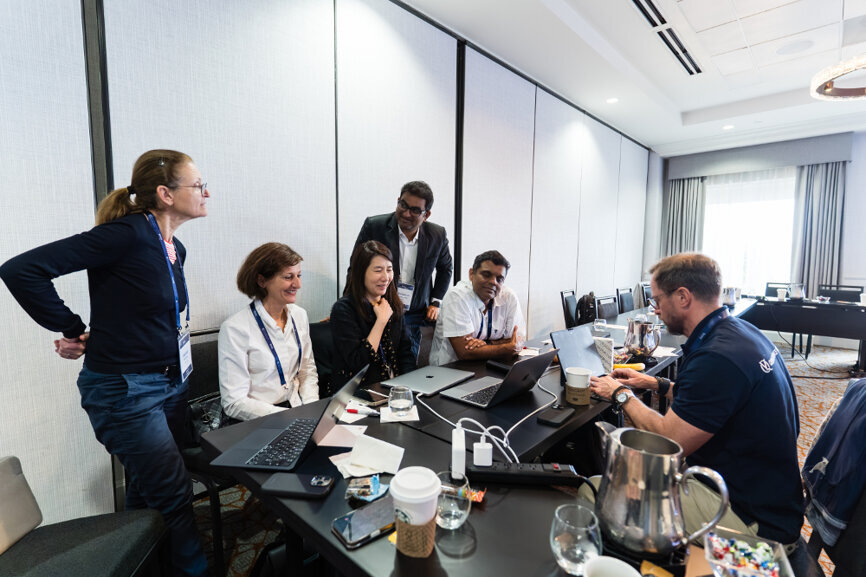
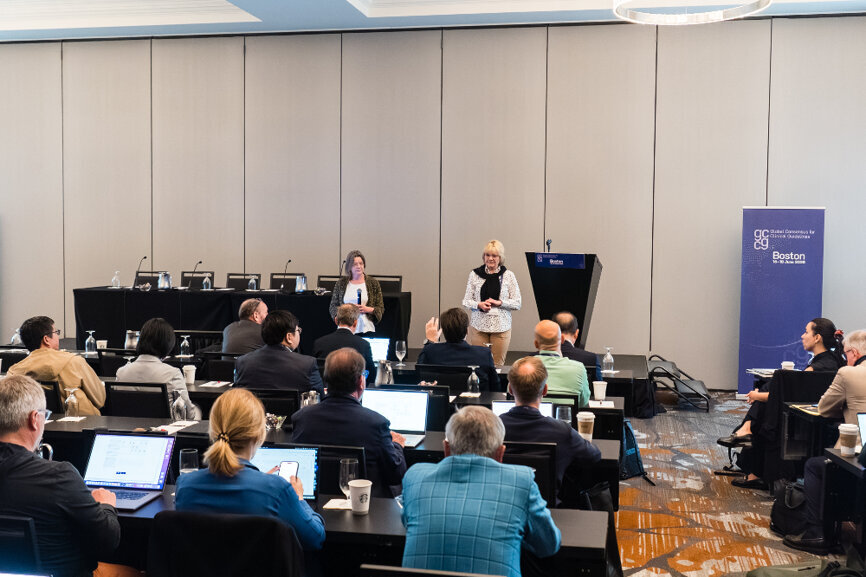
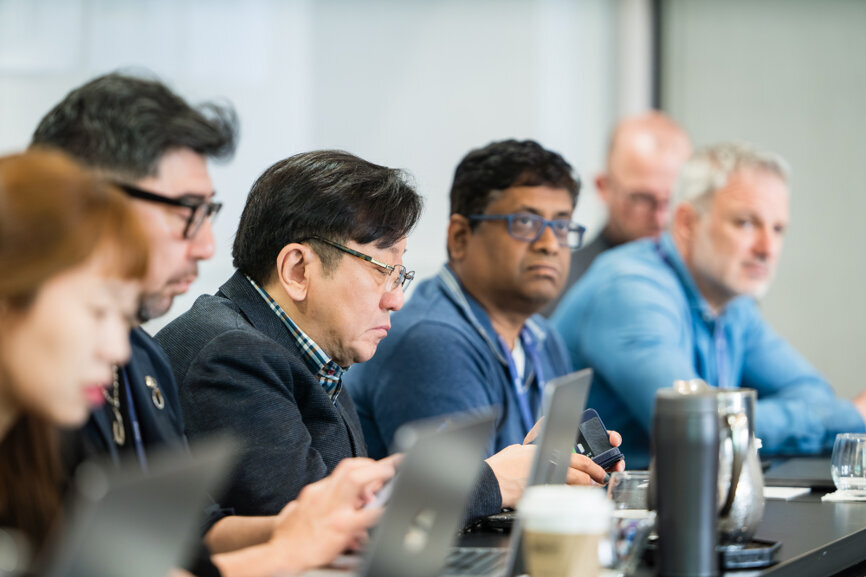
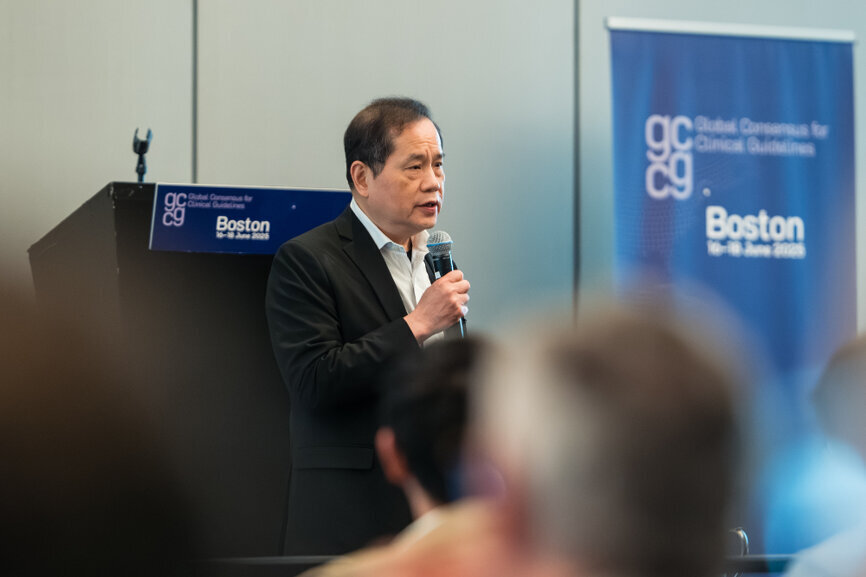
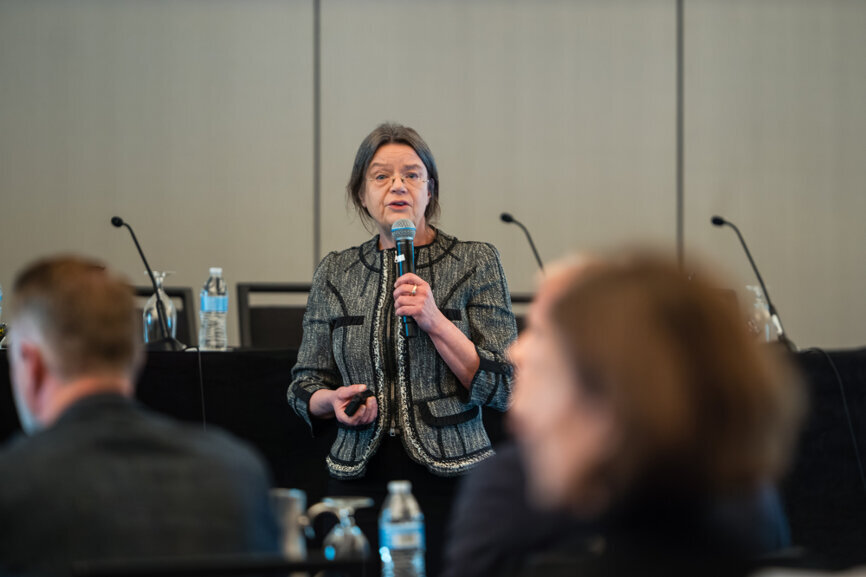

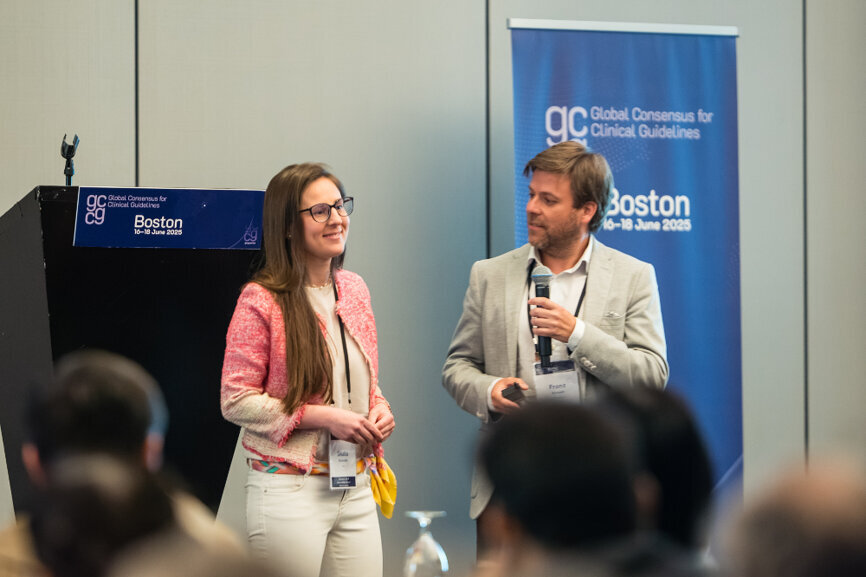
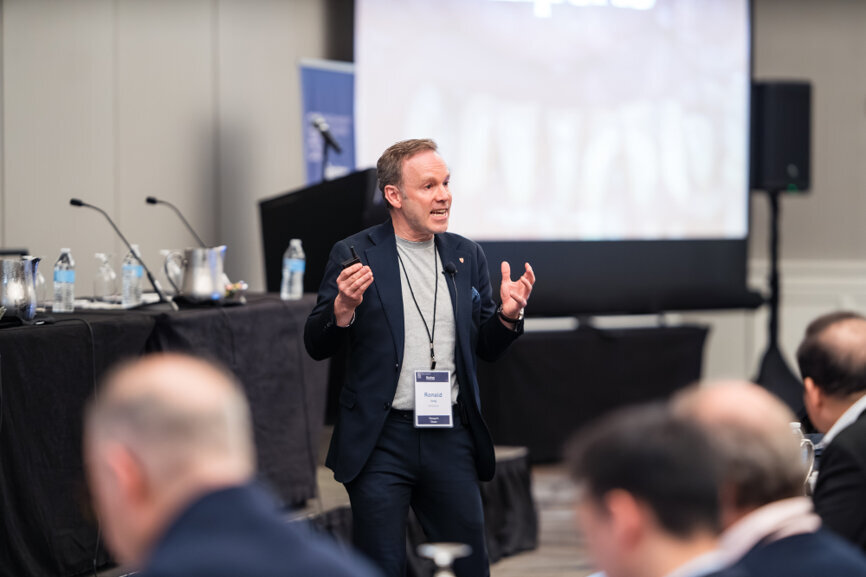
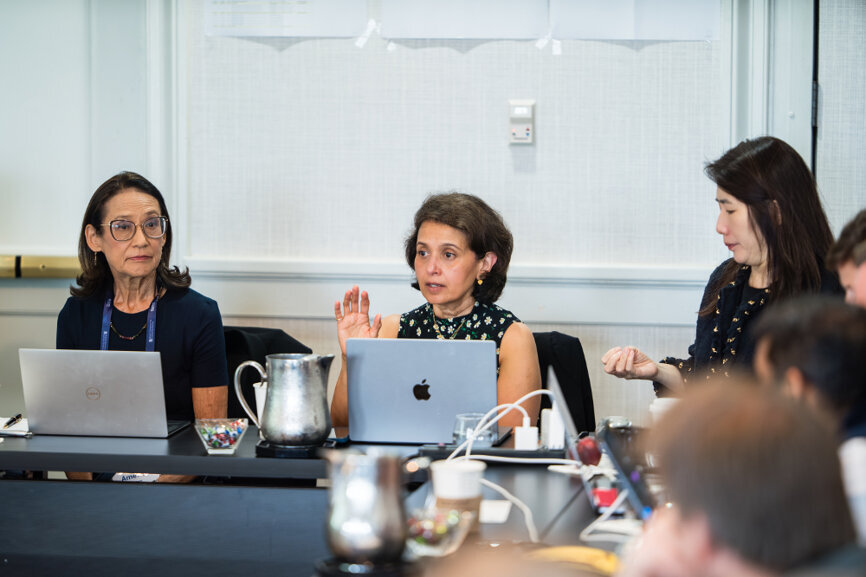
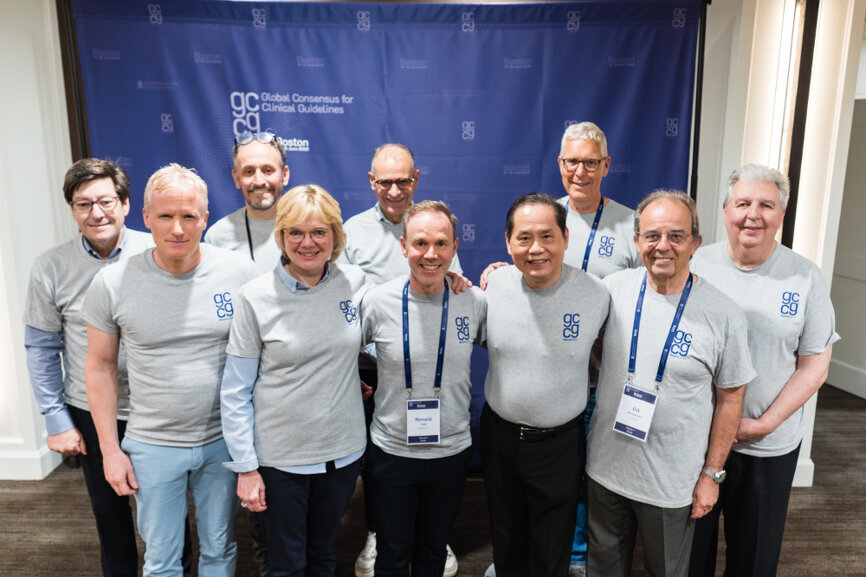
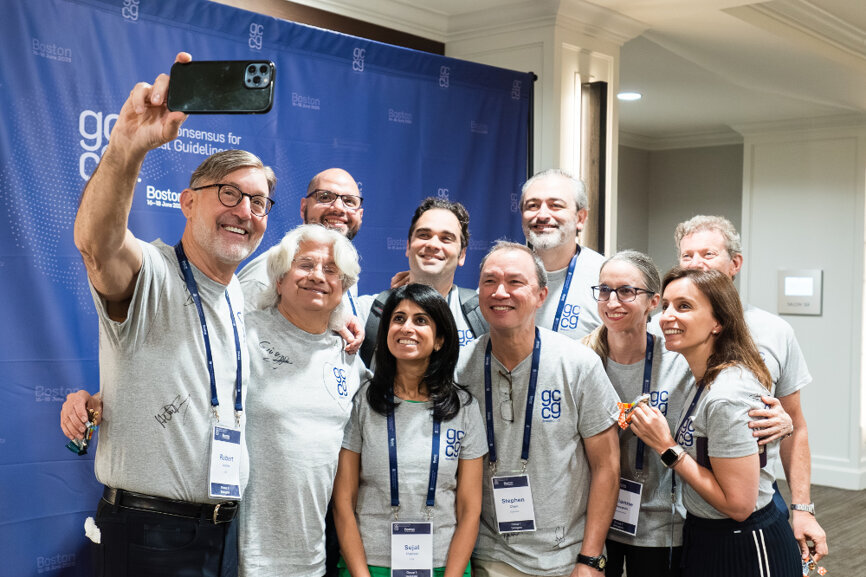
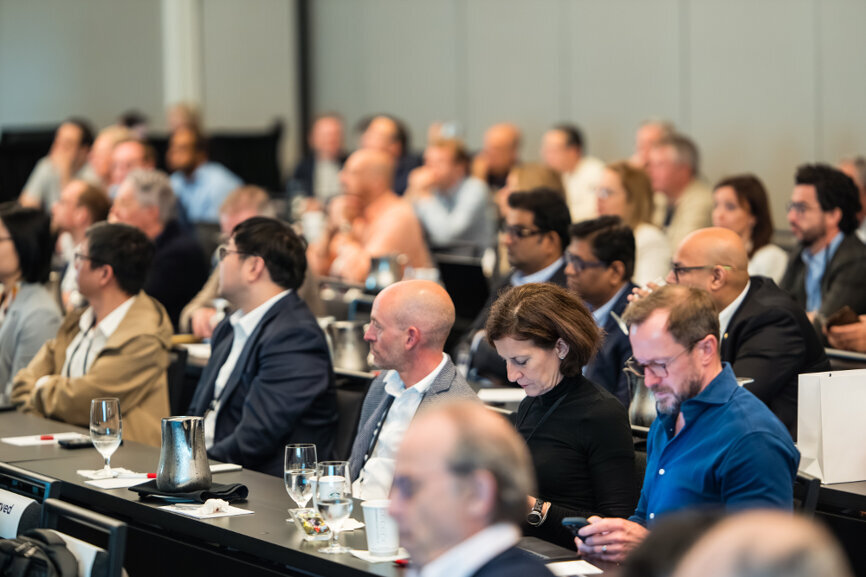
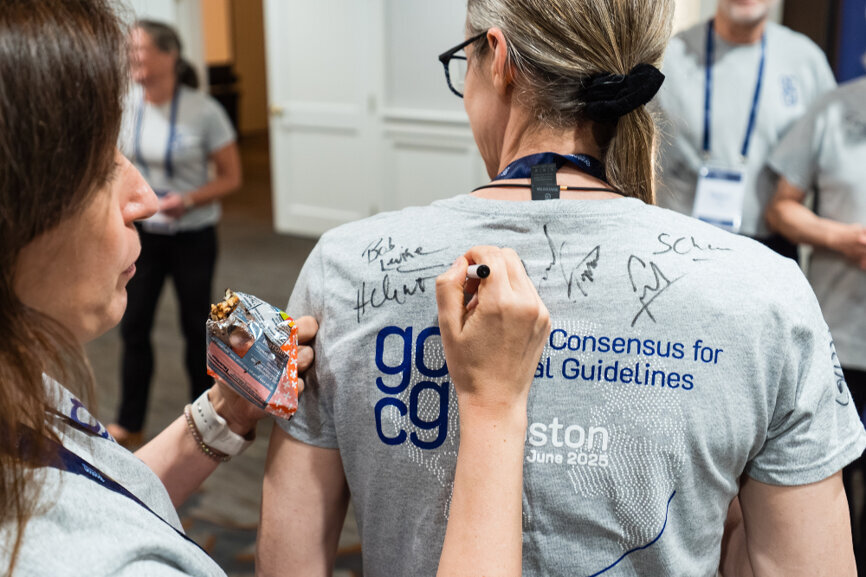
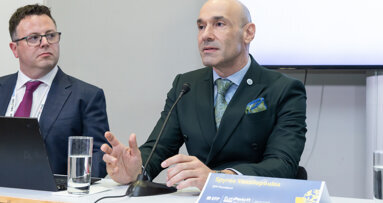
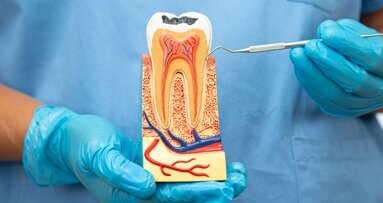
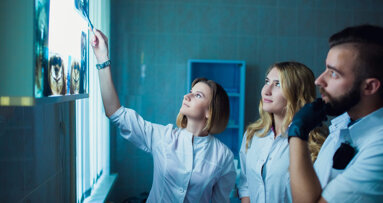
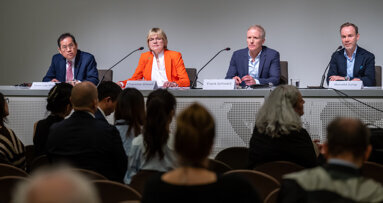
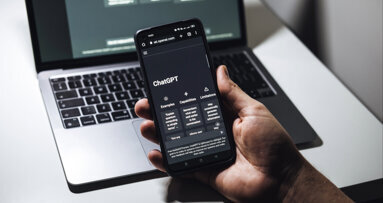


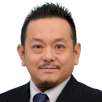


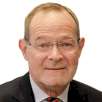



To post a reply please login or register